The last places on Earth: Protecting globally rare habitats in Canada (Part two)
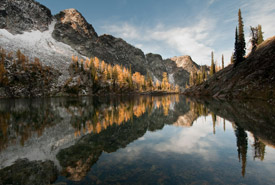
Alpine Lake on Darkwoods, BC (Photo by Bruce Kirkby)
In part one of our blog on protecting globally rare habitats, Dan Kraus and I explored some of these places found in Canada and how the Nature Conservancy of Canada (NCC) is protecting these important areas. We also identified some of the...
Can you hear me now? Using remote technology to record birds and other wildlife
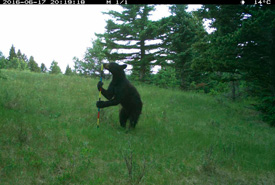
Black bear captured by camera trap (Photo by NCC)
In various Nature Conservancy of Canada (NCC) properties across Alberta, the secret lives of wildlife are being discovered using camera traps, sound recording units and other technology. Scientists are generating new and valuable data on wildlife...
Keeping Halifax wild
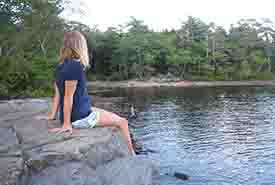
A visitor takes in the views at Williams Lake, NS (Photo by NCC)
This fall, Halifax Regional Council voted unanimously to move forward with a proposal by the Nature Conservancy of Canada (NCC) for a 379-acre (152-hectare) urban wilderness park just 10 minutes from the downtown core, on the shores of Williams...
The last places on Earth: Protecting globally rare habitats in Canada (Part one)
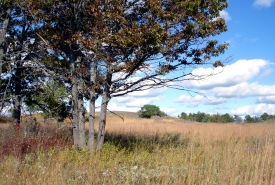
Black oaks on the prairie and savannah, Rice Lake Plains, Ontario (Photo by NCC)
The Rice Lake Plains in Ontario, Roberts Island in Nova Scotia and King Ranch in Alberta all have something incredibly important in common: They are places that the Nature Conservancy of Canada (NCC) is working to protect. Each property provides...
From chaotic to biotic
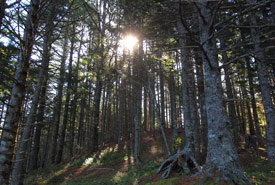
Forest along Long Tusket River, NS (Photo by Mike Dembeck)
There’s a new breed of problem emerging, and these problems are making a lot of people uncomfortable. Aptly named “wicked problems” because of their complex and high uncertainty, they're defined by having multiple contradicting...
Stopping the sixth extinction needs to start at home
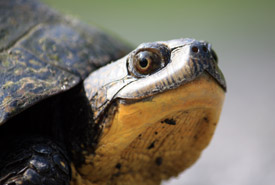
Blanding's turtle (Photo by Gabrielle Fortin)
I can still remember the day I saw a Blanding’s turtle for the first time. It was at Point Pelee National Park, in Ontario, in 1990 while working as co-op student studying rare plants. I thought it was an amazing animal, with its high, domed...
Spotting species in Norfolk Forest
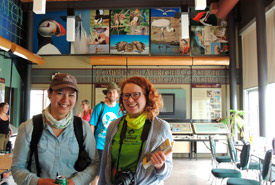
Jenna Siu and Kayla Ellis ready to blitz! (Photo by Amanda Bichel)
It was 11:30 a.m. on an early summer day, and a steady trickle of people were arriving at the Bird Studies Canada (BSC) headquarters in Port Rowan, Ontario. The Norfolk Important Bird and Biodiversity Area BioBlitz was set to start in just a half...
20,000 days of nature conservation
At the end of this summer, on August 30, 2017, the Nature Conservancy of Canada (NCC) will mark exactly 20,000 days of conservation. This milestone provides an opportunity to celebrate and reflect on the work done by NCC and our partners each day,...
How the Great White North can change the world: Canada's role in global biodiversity conservation
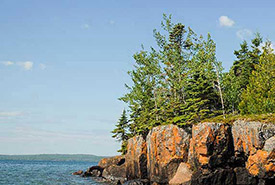
Powder Islands, Lake Superior, ON (Photo by Alan Auld)
I still remember a time when thinking about conservation made me feel disappointed in Canada. During my undergraduate years at the University of Waterloo in the early 1990s, I learned about the pioneering work of Norman Myers and read subsequent...
Overlooked plants and new discoveries: Moss and liverwort surveys in Manitoba
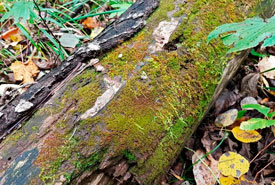
New liverworts to Manitoba on decaying log (Photo by Richard Caners)
As part of updating the Nature Conservancy of Canada’s (NCC’s) Natural Area Conservation Plan for the Whitemouth River Watershed in southeastern Manitoba, I spent a day assisting Royal Alberta Museum botany curator and good friend Dr....

